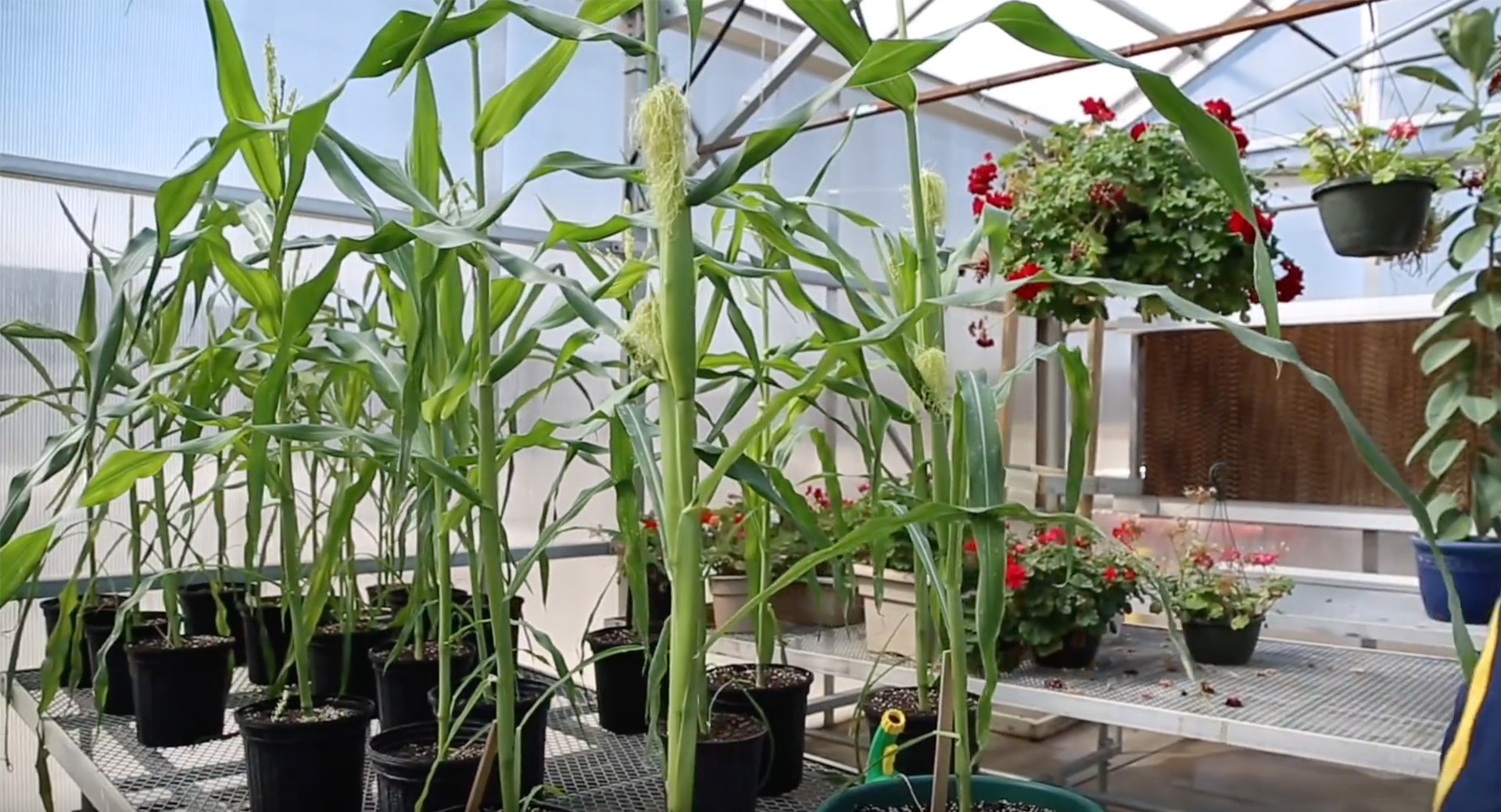
“Everyone put your chickens away!”
It was, without a doubt, the first time I’d heard these words spoken in a classroom. Or anywhere, for that matter. I was on the road visiting New Holstein School District to get a firsthand look at their agriculture-science program, and I must say, it exceeded expectations. Check out the video!
The Program
The agri-science program at New Holstein High School gives students a chance to experience the many facets of the agriculture industry. The school offers classes like food science, horticulture, turf & landscape, small animal care, large animal science, veterinary science, and equine science. Next semester, they’ll be offering a new option: farm to fork. One thing all of these courses have in common is their emphasis on learning by doing. Students are invited to dive in and get their hands dirty (both figuratively and literally).–Joe Heinbuch, Agriculture Instructor
The Learning Environment
When you step from the school hallway into the agriculture classroom, at first you won’t see anything too out of the ordinary (with the exception of a mega-trophy won by a trio of female students at a Catch-A-Pig event). But the classroom’s crown jewels lie in the adjoining rooms.On one side is a garage-like space filled with animals. Four stalls house egg-laying hens and fluffy, yellow chicks. There’s a fish tank where tilapia swim. The rest of the room is lined with small animal cages, which are home to rats, rabbits, a turtle, an iguana, and chinchillas. The students let me hold a super-soft chinchilla and told me that the reason they’re so soft is because of their fur density—while humans grow one hair from each follicle, chinchillas grow 50!
The door on the other side of the classroom leads to a greenhouse. Despite the cold, snow-covered Wisconsin day, life in the greenhouse is abundant, from sweet corn to coffee plants to avocado trees. Outside, there are a few tapped maple trees and a pot of boiling sap.
Talking to the students, it’s very clear that they enjoy and find value in their school’s agriculture program. When I asked them separately what they would tell someone who was considering taking an ag class, they all gave me the same, quick response: “Do it!”
–Teagan, Student
3 Takeaways
I learned a lot in a few short hours at New Holstein High School. Here are a few of my takeaways:- Amazing things happen when schools build programs around what makes their community special. Since agriculture is so big in New Holstein, the school has enjoyed the support of their community and local FFA chapter in terms of funding, materials, and field trip opportunities.
- Programs tailored to the needs of the community will not only equip students to be successful after graduation, but may also encourage them to stay in the area.
- High school girls scream very loudly when baby chicks poop on them.
–Doug Olig, Principal
My Challenge for You
Every community has characteristics that make it unique. For New Holstein, it’s the focus on agriculture. School leaders were able to build a very strong ag program thanks to the resources, expertise, and passion the community contributed. I encourage you to ask yourself the same question New Holstein did: What makes my city or town special? Then consider how you can weave those characteristics into your curriculum to best prepare students—and your community—for success down the road.–Doug Olig
How is your district preparing future-ready students? We’d love to help you share your best practices. Get in touch—perhaps we'll send our video team your way next!
WHAT'S NEXT FOR YOUR EDTECH? The right combo of tools & support retains staff and serves students better. We'd love to help. Visit skyward.com/get-started to learn more.

|
Lauren Gilchrist Blogger, Traveler, and Video Talent |
Lauren enjoys visiting school districts and spreading the word about creative, non-traditional approaches to universal challenges. Follow her for on-the-scene education journalism (with a little fun sprinkled in).




